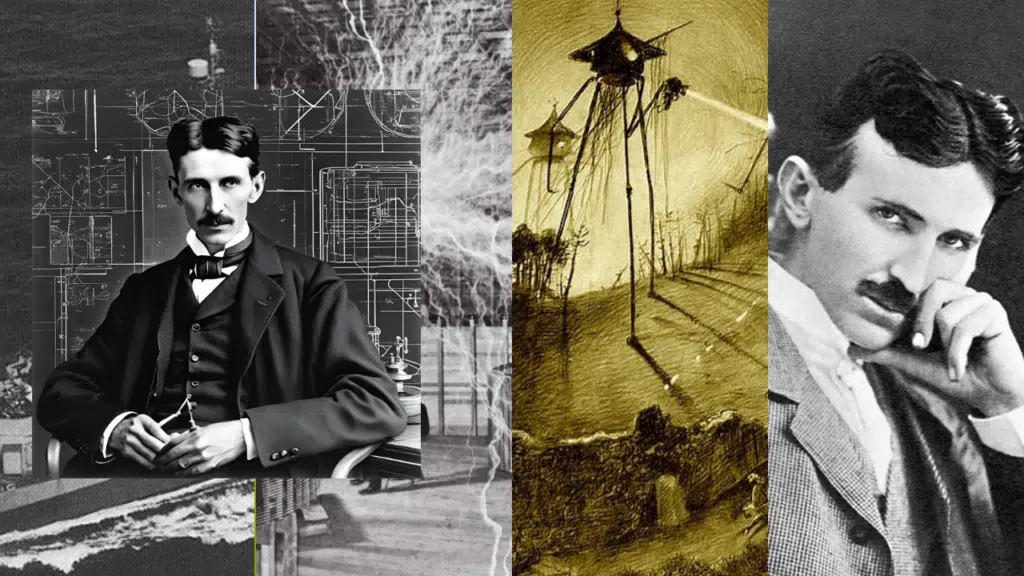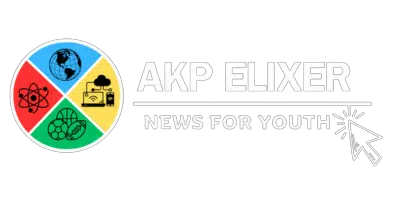
Introduction
Nikola Tesla is known for his contributions to the design of modern alternating current (AC) power supply systems. He was an engineer, futurist and inventor. His many inventions have left us speechless. But there are many mysteries and controversies about him. In this article, we will showcase 4 mysteries about Nikola Tesla.
Who is Nikola Tesla?
Nikola Tesla was born in Austria-Hungary in 1856 and moved to the United States in 1884 as a physicist. He pioneered the generation, transmission, and use of alternating current (AC) electricity, which could be transmitted over much greater distances than direct current. Born and raised in the Austrian Empire, Tesla first studied engineering and physics in the 1870s without a degree. He then gained practical experience in the early 1880s working in telephony and the new electric power industry at Continental Edison. In 1884, he immigrated to the United States, where he became a naturalized citizen. He worked briefly at the Edison Machine Works in New York City before striking out on his own. With the help of partners to finance and market his ideas, Tesla established laboratories and companies in New York to develop various electrical and mechanical devices. His AC induction motor and related polyphase AC patent were licensed by Westinghouse Electric in 1888.
Mysteries of Nikola Tesla
There are so many mysteries found in Tesla’s life. They are: Nikola Tesla’s artificial tidal wave, Nikola Tesla and wireless electricity, Nikola Tesla’s electric-powered supersonic aircraft, Nikola Tesla’s 369 theory, Tesla’s self-running engine, and the resonance of the Earth’s structure.
Free Electricity Supply
Tesla wanted to give the world free energy. For that reason, he built the wardenclyffe, which will give free electrical energy without wire, but it was not technically possible, and even today, it’s just a pipe dream. Nikola Tesla may have died in 1943 with his dream of wireless electricity unfinished, but over the past 100 years, several experiments and studies have proven that the genius inventor was on the right track in using earth instead of wires. As a medium for transmitting wireless energy. There are many other reasons why Tesla’s wireless power never really took off; for example, it’s too harmful. You have to spray electricity into the air, and whether that energy is used or not, it is eventually wasted. Also, you’re shooting it in every direction, which is a waste.
Relationship with Edison
Tesla eventually worked for Edison, but the two had clashing ideologies. Edison had an ego as incandescent as his light bulb—a sense of his own greatness that was undoubtedly justified. He was also incredibly competitive, willing to do whatever it took to win his idea. Edison invented DC lighting, a safer solution to the often dangerous arc lamp. Born in Serbia, Tesla was a genius of a different kind. Where Edison was a perpetual experimenter and tinkerer, Tesla was a human calculator, and his ability to create complex math and physics equations in his mind helped him achieve early career success in Europe. After a nomadic adolescence traveling and taking classes across Eastern Europe, Tesla wound up in Hungary at age 25, hired to work as an electrical engineer at the Budapest telephone exchange. He excelled there, channeling the workaholic tendencies he had displayed as a top student in Croatia before leaving school. Within a year, he moved to Paris to work for the Continental Edison Company, a branch of the inventor’s successful American business. At that moment, electricity began to light the streets of cities around the world. At first, most cities were using high-voltage arc lamps to illuminate the night sky, but while they illuminated and dazzled a civilization that had been governed by the rise and fall of the sun throughout history, early lighting technology also presented a problem. : It was very dangerous. Arc lighting was fueled by power stations that pumped out more than 3,000 volts of electricity at a time, often leading to sparks, overheating, and explosions in public spaces, raining lightning flashes on pedestrians, and starting fires with regularity.
Death Ray
The death ray was a theoretical particle beam or electromagnetic weapon first theorized in the 1920s and 1930s. At that time, Guglielmo Marconi, Nikola Tesla, Harry Grindel Matthews, and Edwin R. Notable inventors such as Scott, Erich Greichen, and others independently claimed to have discovered it. Based on fiction, energy-based weapons research inspired by past assumptions has contributed to real-life weapons used by modern militaries that are sometimes called a type of “death ray,” such as the United States Navy and its Laser Weapons System (LaWS) (2014). It was deployed in the middle of the year. Such weapons are technically known as directed energy weapons.
The Philadelphia Experiment
The Philadelphia Experiment was an alleged incident claimed to have been witnessed by Carl M. Allen, a former merchant mariner of the United States Navy, at the Philadelphia Naval Shipyard in Philadelphia, Pennsylvania, United States, on October 28, 1943. Allen described experiments in which the US Navy attempted to make a destroyer escort, the USS Eldridge, disappear and the bizarre results that followed.
Conclusion
Nikola Tesla was a giant of science, an inventor, and an innovator who made significant contributions to our understanding of electricity and magnetism. His legacy continues to influence the world of science and engineering, and his work was a significant milestone in human history.








Nice article about Nikola Tesla. Can I use it for educational purpose?
sure
Wow , such a cool topic . By the way who is the writer?